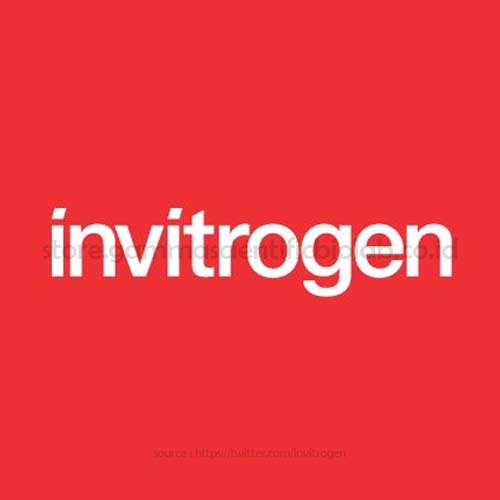Description
GeneBLAzer™ cell-based assays utilize the membrane-permeant ester forms (CCF2-AM and CCF4-AM) of the negatively charged fluorescent beta-lactamase substrates, CCF2 and CCF4. These lipophilic esters readily enter the cell, where cleavage by endogeneous cytoplasmic esterases rapidly converts them into their negatively charged forms, thereby trapping them in the cytosol.
Detection of GeneBLAzer™ assays is FRET-based. Each substrate is labeled with two fluorophores that form an efficient FRET pair. In the absence of beta-lactamase activity, exciting the coumarin at 409 nm in the intact CCF2 molecule results in FRET to the fluorescein, which emits a green fluorescence signal at 518 nm (Figure 1). In the presence of beta-lactamase activity, however, cleavage of CCF2 spatially separates the two dyes and disrupts FRET, so that exciting the coumarin at 409 nm now produces a blue fluorescence signal at 447 nm. This blue signal can be readily observed under a microscope and can also be detected as an increase in the blue channel readout on fluorescent microplate readers.
The CCF2-AM and CCF4-AM substrates are essential assay components for the GeneBLAzer™ platform. These substrates are fully compatible with flow cytometry, speeding the time to clone selection. Ratiometric analysis of the blue and green signals reduces well-to-well variation due to differences in cell numbers and substrate loading, leading to high Z´-factor values and low coefficients of variation (CVs).
CCF2-AM and CCF4-AM differ by two carbons in the bridge linking the coumarin moiety to the lactam ring. Both are in the membrane-permeable, esterified forms, and can be used for assays in intact cells. CCF4-AM has better solubility properties (soluble for >24 hours) than CCF2-AM and is thus best suited for screening applications. In addition, CCF4-AM has slightly better FRET and thus slightly lower background than CCF2-AM.
CCF2-FA is essentially the CCF2 substrate without the esters found in the AM version. CCF2-FA is de-esterified and used in cell lysate applications, bypassing loading across the cell membrane and de-esterification steps. Cell lysates are the preferred method for applications using cells that contain a cell wall. CCF2-FA can also be used as a control to acquire the excitation and emission spectra for CCF2-AM and CCF4-AM.


